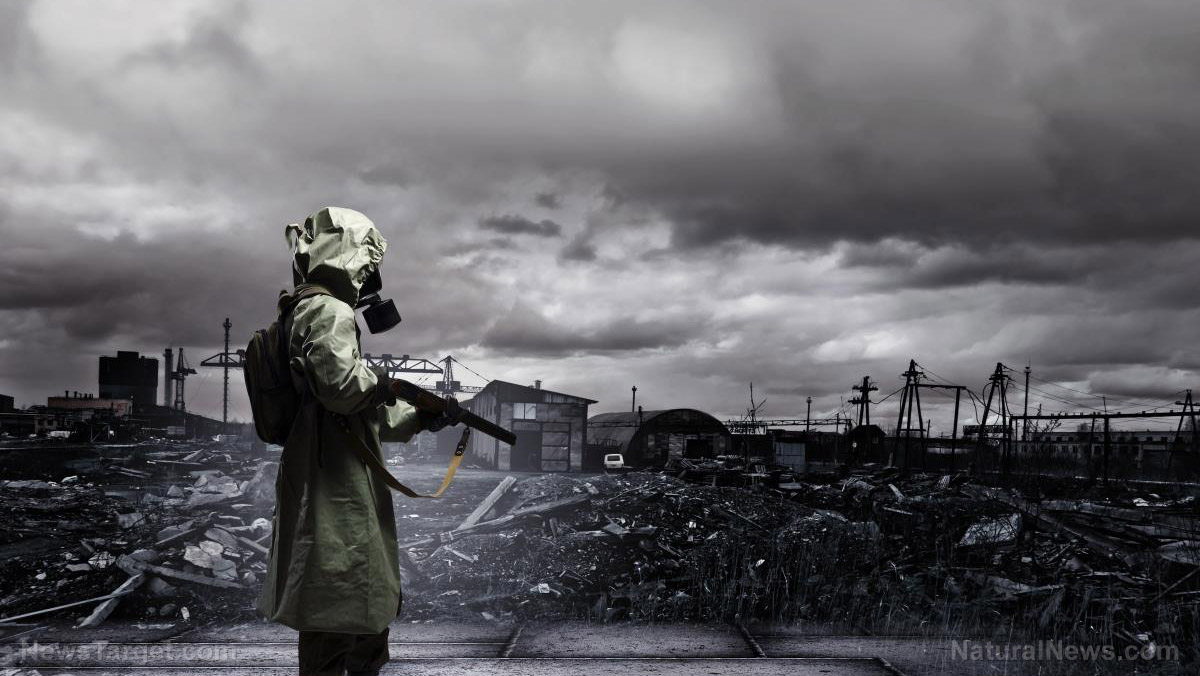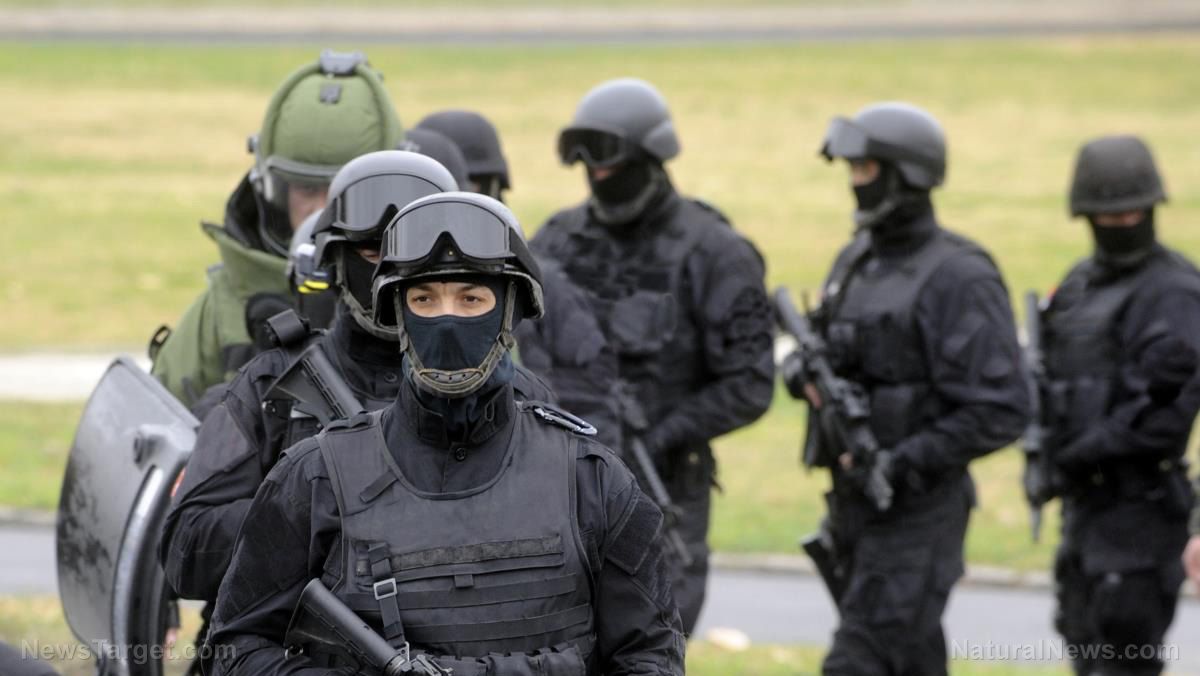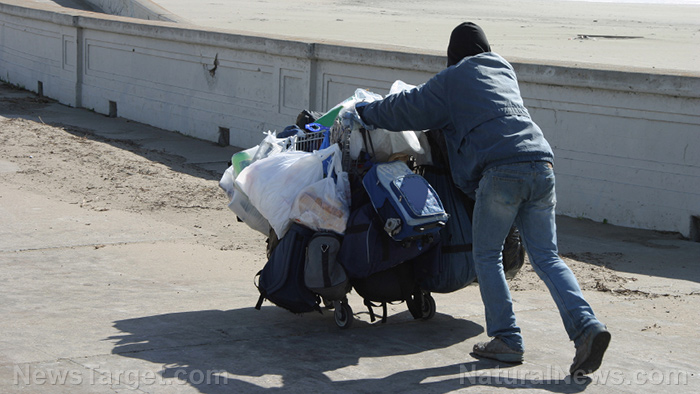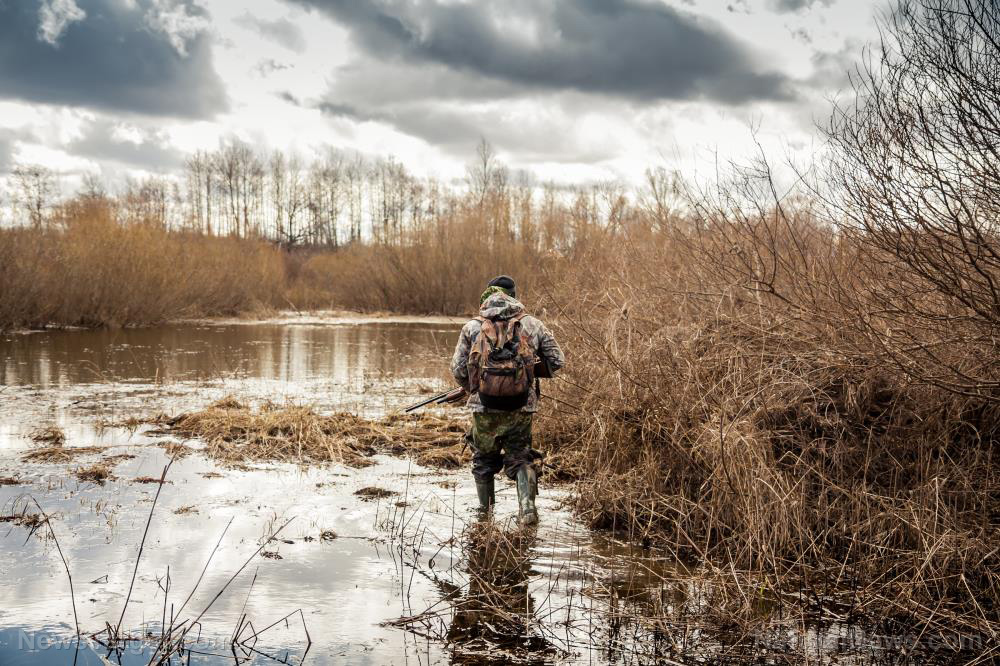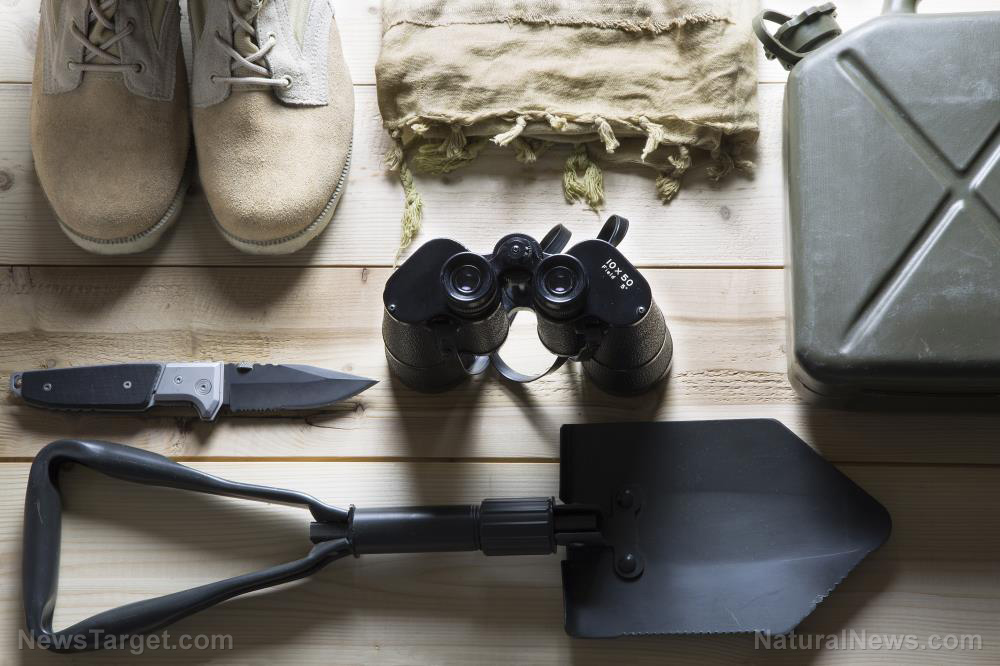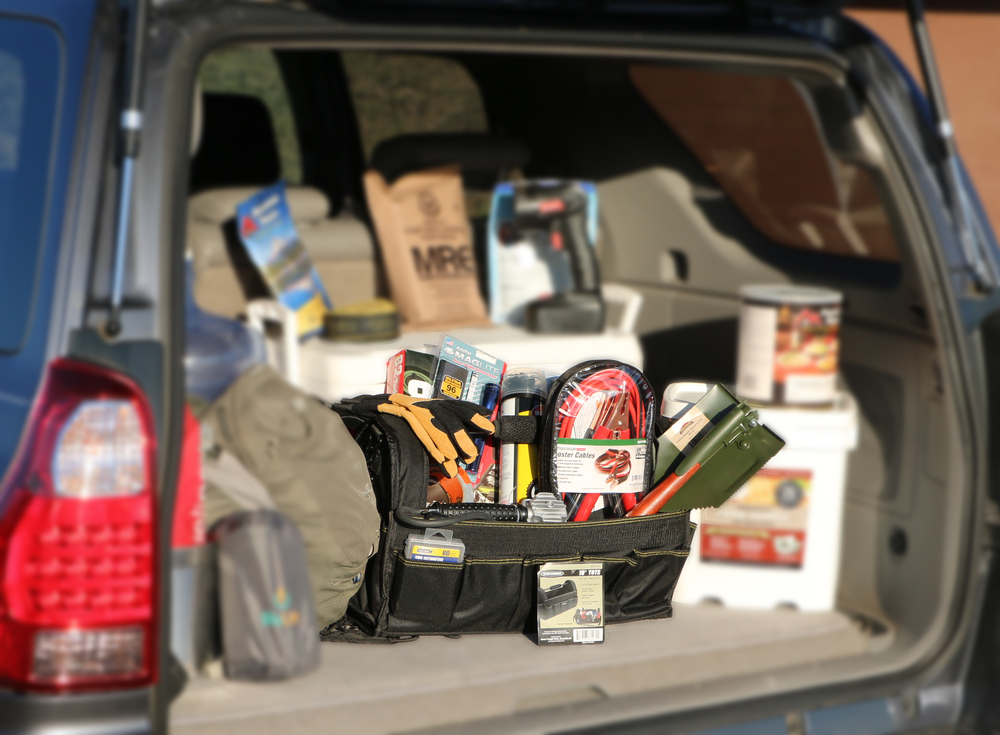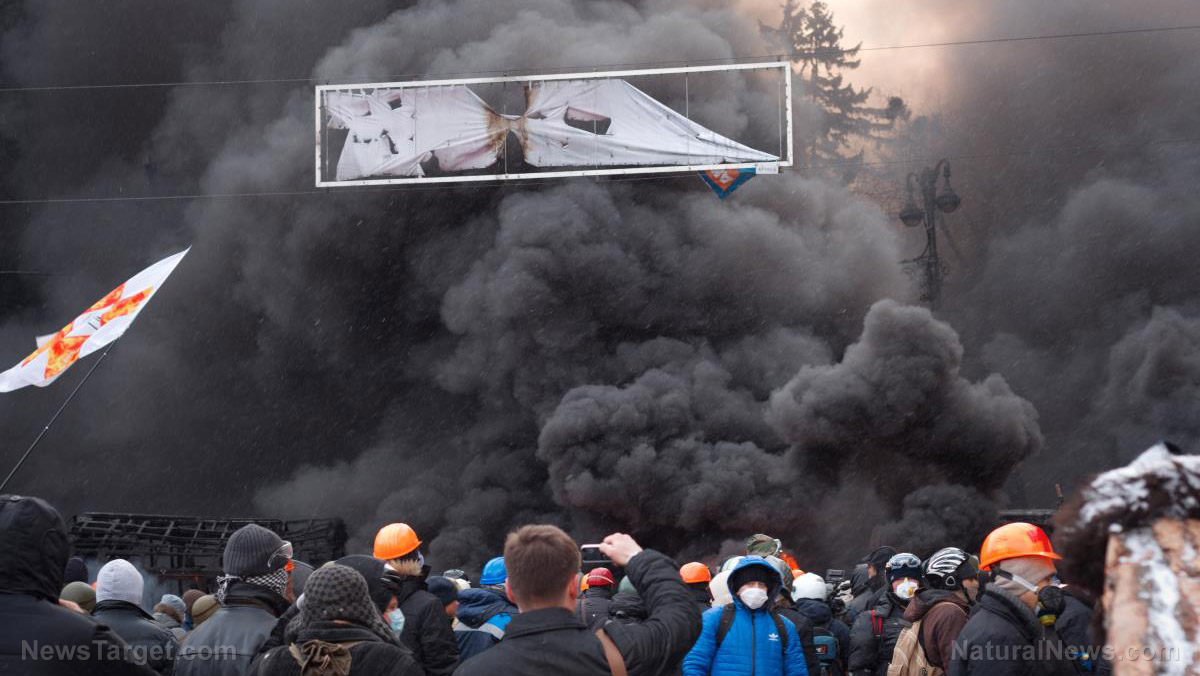Worst case scenario: How do you prepare for a disaster?
09/26/2019 / By Zoey Sky
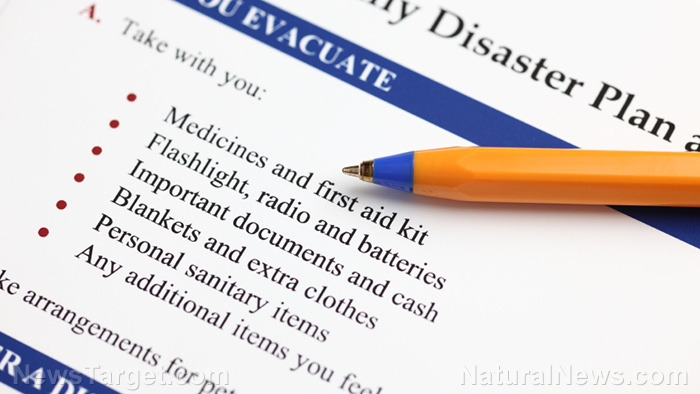
Before SHTF, educate your whole family on the importance of learning basic survival skills and staying physically fit. Once you learn crucial survival skills like firestarting and shelter building, develop a disaster plan and inform each family member about crucial details, like where to meet if you get separated and places they need to avoid when all hell breaks loose. (h/t to Survivopedia.com)
Avoid these places when disaster strikes
When SHTF and your family decides to bug-out after a large-scale disaster, avoid these areas to minimize your exposure to one of the biggest threats in a survival scenario: a desperate mob.
- Densely populated urban areas where you can get trapped among panicking (and unprepared) people. Because these areas are full of people, you’ll probably run out of supplies fast.
- Major highways and roads in or near airports and transportation nodes. Those who don’t have bug-out locations may try to flee the city through these routes.
- Major stores, which may be looted by those who don’t have emergency plans and survival stockpiles.
- Military bases, which are possible targets for nuclear or terrorist attacks.
- Hospitals, which will attract a lot of people requiring emergency services.
SHTF don’ts
When disaster strikes, fight your urge to panic. Stay calm, remember your plan, and prioritize meeting up with your loved ones at home or in another secure location.
If you’re in the city and inside a building that sustained heavy damage after a natural disaster, evacuate as quickly as possible. When dealing with a fire or flood or if the building was bombed, escape before it collapses.
Don’t stay too long out in the open. Head for your bug-out location and avoid the crowd of panicking civilians. (Related: Can you survive 30 days on your own without electricity based on your current preparedness plan?)
SHTF dos
Before disaster strikes, start preparing for the inevitable. Here are some tips to help you on your journey to preparedness.
- Stay organized. After you develop your disaster plan, organize your preps. Set up an everyday carry kit (EDC kit), a bug-out bag, and prepare a survival stockpile for your whole family.
- Make positive lifestyle changes to improve your physical and mental health. By staying physically fit, you can walk for a long distance while carrying your bug-out bag. You also need to be fit to work in your home garden or to carry heavy supplies in your homestead. When SHTF, mental fitness will help you stay calm when you need to make crucial decisions. Follow a balanced diet, avoid junk food, and exercise regularly to maintain a healthy weight.
- Monitor the news and stay informed. Listen to the radio and watch the news to keep track of natural disasters or possible civil unrest in your area.
- Practice your survival skills. It’s not enough to know how to start a fire with a magnifying glass or how to set up a shelter using a tarp and cordage. Practice regularly so you don’t forget the skills that may save your life when SHTF. In your free time, encourage your whole family to watch educational survival shows or read books on related topics like foraging and herbal medicine.
- Don’t do everything all at the same time. This is the fastest way to get worn out and overwhelmed. Learn how to prioritize so you can improve your preps.
- Pick a simple prep and work your way up a list. If you’re new to prepping, it’s easy to just give up because of the overwhelming number of tasks you need to do to prepare yourself before SHTF. Choose a prep that interests you or start something simple like cultivating an herb garden in your kitchen.
Don’t be like other people who dismiss emergency preparedness and waste time on frivolous things. Fortify your home, stock up on essential supplies, and teach your whole family about the importance of preparedness.
Sources include:
Tagged Under: bug out, disaster scenarios, emergency supplies, food supplies, grid down, how-to, off grid, power grid, preparedness, prepper, prepping, SHTF, Stockpile, survival, survival gear, survival supplies, survivalist, water
RECENT NEWS & ARTICLES
COPYRIGHT © 2017 CHAOS NEWS

